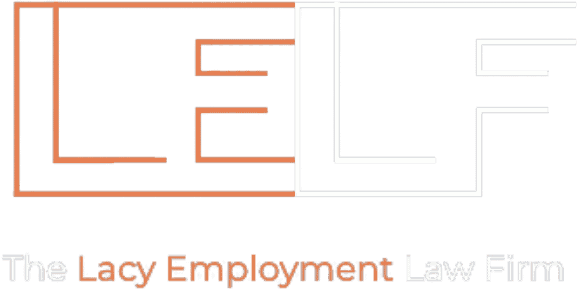Resolving workplace discrimination is essential for fostering inclusive and equitable work environments. One effective avenue for addressing these issues is through EEOC conciliation.
This article explores EEOC conciliation’s process, benefits, considerations, and real-life examples, highlighting its importance in resolving employment discrimination claims.
Understanding EEOC Conciliation Process
The Equal Employment Opportunity Commission (EEOC) plays a crucial role in enforcing federal laws that prohibit workplace discrimination. Central to resolving discrimination claims is the process of EEOC conciliation, which enables parties to find a mutually agreeable resolution.
Navigating this process effectively requires a clear understanding of the legal framework and regulations that govern it. EEOC conciliation provides an opportunity for open dialogue, negotiation, and mediation, fostering a collaborative environment where both parties can address and resolve discrimination issues.
By familiarizing themselves with the intricacies of the conciliation process, individuals and organizations can better navigate the path toward resolving workplace discrimination.
Whether addressing discriminatory practices, providing appropriate remedies, or implementing organizational changes, EEOC conciliation is vital to achieving resolution and promoting equal opportunities for all.
Source: Unsplash
Initiation of EEOC Conciliation
The journey toward EEOC conciliation begins with filing a complaint with the EEOC. Once a complaint is received, the EEOC investigates to determine reasonable cause. If reasonable cause is found, the EEOC may proceed with conciliation, seeking a resolution between the parties involved. Steps of the initiation of EEOC Conciliation:
- Filing a complaint with the EEOC initiates the conciliation process.
- The EEOC investigates to assess the validity of the complaint.
- If reasonable cause is determined, the EEOC proceeds with conciliation.
- Conciliation aims to facilitate a resolution between the parties involved.
The Role of EEOC Conciliators
EEOC conciliators play a vital role in facilitating productive communication between the parties. They act as neutral intermediaries, helping to bridge the gap and guide the process toward a mutually agreeable resolution.
By assisting in exploring potential remedies and solutions, conciliators work to address the underlying discrimination issues. Some key points about the role of EEOC conciliators include:
- Neutral facilitators: Conciliators serve as impartial third parties, ensuring a fair and balanced process for both sides.
- Communication facilitation: They help foster constructive dialogue and ensure that both parties have the opportunity to express their concerns and perspectives.
- Identifying solutions: Conciliators assist in identifying potential remedies and solutions to address the discrimination issues at hand.
- Confidentiality: They maintain strict confidentiality throughout the process, creating a safe environment for open discussion.
- Knowledge and expertise: Conciliators possess expertise in employment laws and regulations, allowing them to provide guidance based on legal requirements.
Overall, EEOC conciliators help the parties find common ground and reach a resolution that satisfies both sides. Their role is essential in promoting effective communication and addressing workplace discrimination through a collaborative approach.
Source: Unsplash
Benefits of EEOC Conciliation
EEOC conciliation offers several benefits to both parties. It ensures confidentiality and privacy, allowing sensitive matters to be addressed without public scrutiny. Approximately 40 percent of charges of workplace discrimination that resulted in a finding of reasonable cause were successfully resolved through conciliation efforts.
It provides a cost-effective and efficient alternative to litigation, saving valuable time and resources. Additionally, it allows parties to engage in meaningful dialogue, fostering the opportunity to resolve conflicts and create lasting change.
The Conciliation Process
Information is exchanged during conciliation, negotiations occur, and potential remedies are explored.
This collaborative approach encourages open dialogue, allowing the parties to work towards a resolution that addresses the concerns raised.
Drafting and reviewing settlement agreements become crucial steps in finalizing the conciliation process. The Conciliation Process typically involves the following steps:
Information Exchange
The parties involved in the conciliation process share relevant information and details about the discrimination claims and the underlying issues. This exchange of information helps both sides gain a comprehensive understanding of the situation.
Negotiations
Once the information has been exchanged, negotiations occur between the parties. It involves discussing the concerns raised, exploring potential solutions, and considering various options to address the discrimination issues.
Exploring Potential Remedies
During the negotiations, the parties actively explore potential remedies to resolve the discrimination claims. This may include discussing changes to policies and practices, implementing training programs, providing compensation, or other appropriate measures to rectify the situation.
Drafting and Reviewing Settlement Agreements
As the negotiations progress, the parties work towards reaching a mutually agreeable resolution. It involves drafting and reviewing settlement agreements outlining the agreed-upon resolution’s terms and conditions.
Careful attention is given to ensure the settlement agreement is fair and comprehensive and addresses the concerns raised during the conciliation process.
By following these steps, the conciliation process enables open dialogue, negotiation, and exploration of remedies, ultimately leading to the development of settlement agreements that provide a satisfactory resolution for all parties involved.
Considerations for Successful EEOC Conciliation
Successful EEOC conciliation requires open and honest communication between the parties. Flexibility and willingness to compromise play a significant role in resolving.
Understanding the potential outcomes and implications of settlement agreements is also crucial, ensuring that the agreed-upon terms align with the interests of both parties. It is estimated that 80 to 90 percent of disputes submitted to mediation are resolved through the process.
Souce: Pexels
Conclusion
EEOC conciliation serves as a valuable tool in resolving workplace discrimination. Providing an avenue for open dialogue, negotiation, and resolution empowers individuals to assert their rights and create positive change within organizations.
As we strive for fair and inclusive workplaces, exploring conciliation as a viable option for resolving employment discrimination claims is crucial. We can foster environments where all individuals are treated with dignity and respect.
The above is for informational purposes only and does not constitute legal advice. You should always contact an experienced lawyer for advice on legal issues pertaining to your circumstances.



















